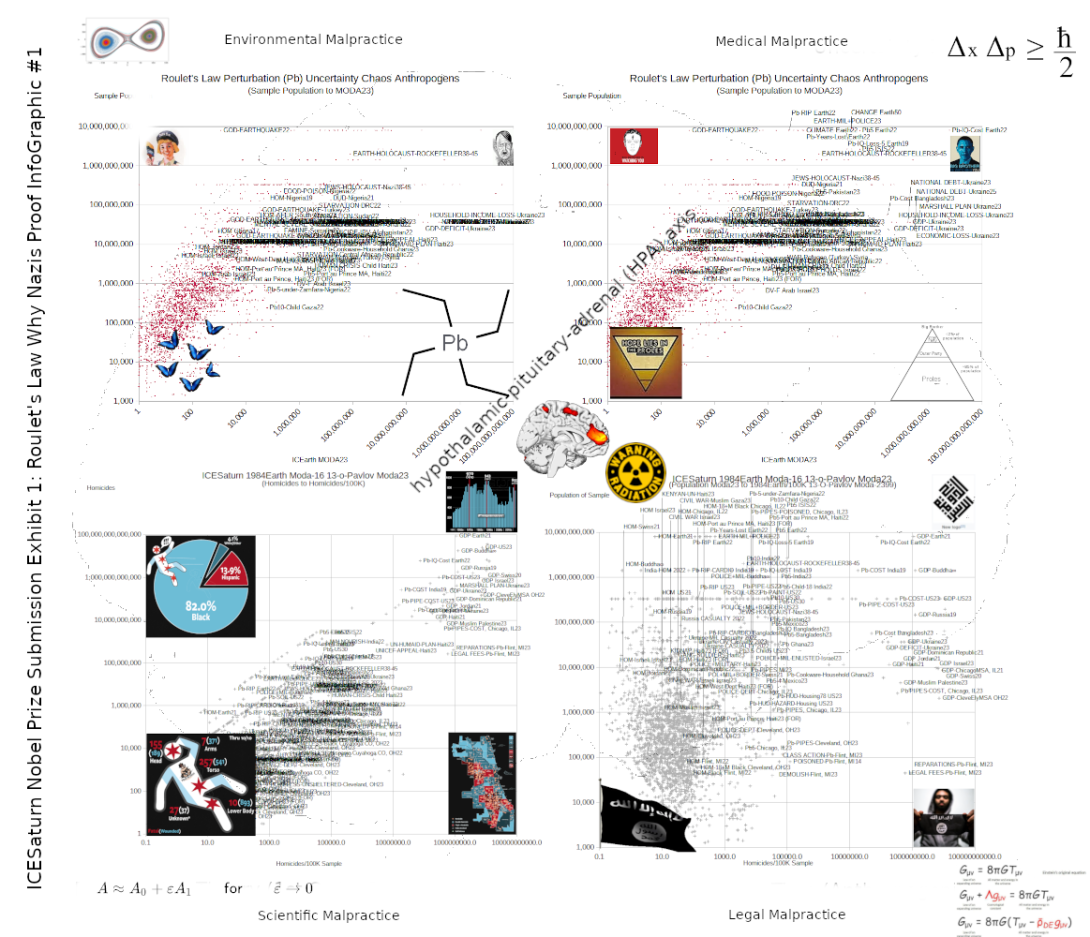
New York City releases 2022 mortality data
By KATELYN CORDERO and MAYA KAUFMAN
11/25/2024 10:00 AM EST
Presented by Alliance to Protect Homecare
Beat Memo
Despite an increase in life expectancy, little progress was made in other health statuses tracked by the city, new 2022 data shows.
Life expectancy for New Yorkers is on the rise since a dramatic drop in 2020 amid the pandemic. From 2020 to 2022 the average life expectancy of city dwellers rose from 78 years old to more than 81 years old. The HealthyNYC initiative was unveiled roughly a year ago by NYC Mayor Eric Adams to extend New Yorkers’ life expectancy to 83 years by 2030.
But little progress was made in other areas such as heart- and diabetes-related deaths, which has stayed level at about 21,000 per year (with a sharp rise in 2020). And racial disparities persist: Black New Yorkers were reported to have the highest rate of deaths related to heart disease and diabetes.
Deaths from screenable cancers saw a slight decline from 2021 to 2022, but that was not consistent among racial groups. Asian/Pacific Islanders, white men and Black non-Hispanic men saw slight upticks in deaths from screenable cancers in the same time frame.
Overdose deaths in the city continue to increase, tracking above the rate needed to meet the city’s goal of a 25 percent decline by 2030. Since 2019, the number of overdose deaths rose from 1,376 to 2,695. The city said it plans to meet its goal through increased access to naloxone, medication-assisted treatment, methadone, and harm reduction services.
Since 2015, suicides in the city have stayed mostly level, but from 2021 to 2022 that number saw a slight increase. The city said suicide rates are a significant concern among teenagers, the LGBTQ+ community and communities of color. White and Black New Yorkers saw the greatest increases in suicide rates from 2021 to 2022.
Homicide deaths showed more promising data. They are trending downwards after a sharp increase from 2019 to 2021.
A great disparity in city data was within maternal mortality rates. While overall rates from 2011 to 2021 stayed mostly level, Black women in New York are four times more likely to die from pregnancy than white women.

Comments